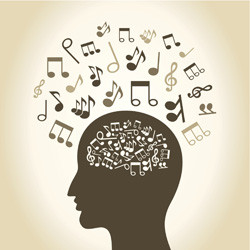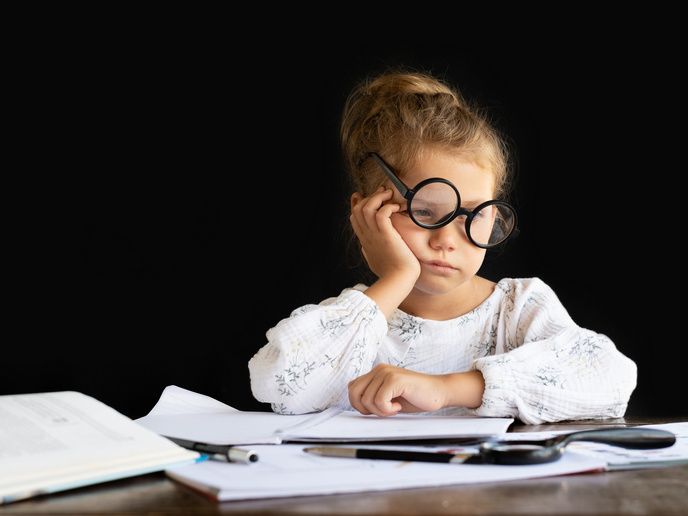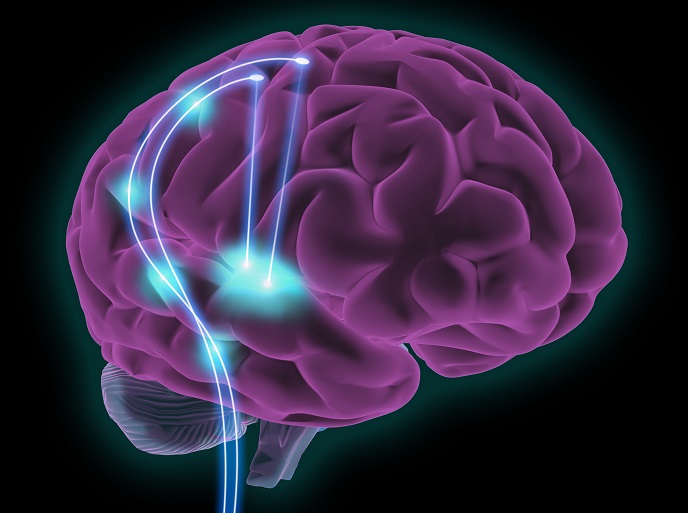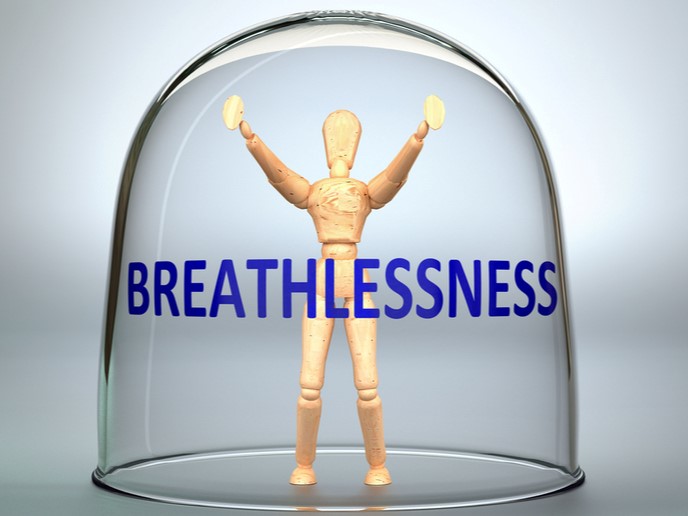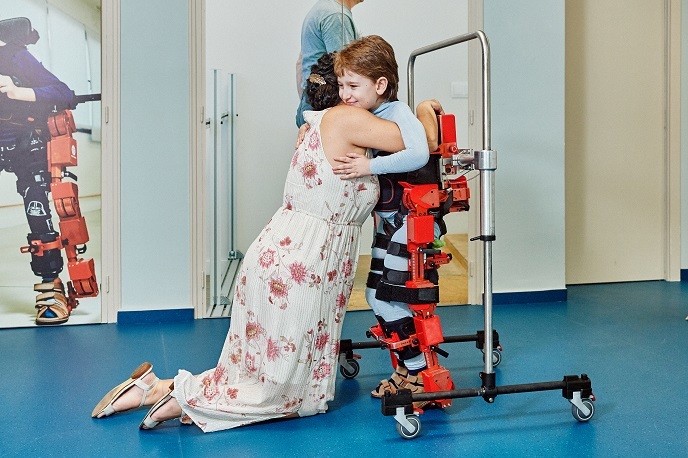Music imagery that moves you
Previous attempts to link the acquisition of motor skills in response to auditory cues such as musical rhythms and metronomes have produced mixed results. Metronomes are devices that produce regular beats or clicks. Although areas of the brain involved are known to be the striatum and the cerebellum, the cerebral activation pattern in response to such cues is still unknown. The EU-funded project 'Let the music move you: involvement of motor networks of the brain in music processing' (MUSICMOVES) investigated the effect of auditory cues on cerebral plasticity and motor learning with two kinds of experiments. Firstly, researchers investigated functional brain activation in 17 non-musician volunteers during movement with and without auditory cues using functional magnetic resonance imaging (fMRI). Bilateral arm training with rhythmic auditory cues technique was used for movement rehabilitation. Use of auditory cues increased activation in certain parts of the brain but no changes in motor activation were seen during movement. Music imagery did show decreased activation in the temporal and parietal areas of the brain that are associated with cognitive control mechanisms. Outcomes will be submitted for publication in two papers in peer-reviewed journals. In the second experiment, researchers investigated motor learning after developing an online finger-to-thumb opposition sequence learning paradigm to facilitate movement learning. These training videos were either silent or with music. Two groups of 15 used these training videos along with a dataglove for measurement. Data analysis will help compare changes in motor performance and determine differences in brain area activation when auditory cues are used. Further investigation is required to develop effective auditory and auditory imagery-based movement rehabilitation techniques as fMRI findings are promising. Results from the second experiment should provide deeper insight into music-based motor learning and rehabilitation techniques that may prove effective. Project activities have laid the foundation for evidence-based improved rehabilitation approaches to restore upper-limb movement after stroke or brain injury.
Keywords
Auditory, musical stimulus, movement learning, rehabilitation, motor skills, cues, rhythm, metronome, plasticity, activation, functional magnetic resonance imaging, dataglove, stroke



